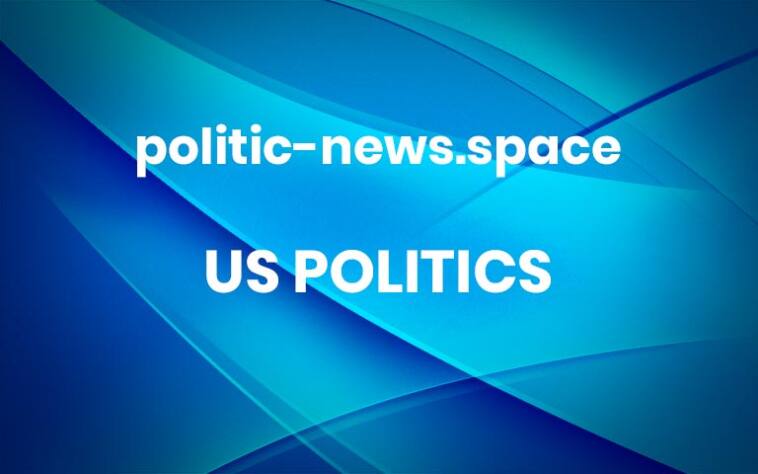Trump news at a glance: Anger grows about redactions, apparent removal of Epstein files from DoJ website
Justice department hit with legal threats after authorities release limited, heavily redacted trove of files in apparent violation of Epstein Transparency Act. Key US politics stories from 20 December 2025Donald Trump’s justice department was hit with legal threats and scathing outrage after authorities released a limited, heavily redacted trove of Jeffrey Epstein files in an apparent violation of the law mandating the near-complete disclosure of these documents by Friday.“The justice department’s document dump this afternoon does not comply with [Republican] Thomas Massie and my Epstein Transparency Act,” Ro Khanna, the California Democratic congressman who co-authored the law requiring full disclosure of all Epstein files by 19 December, said in a video statement. Continue reading… More



